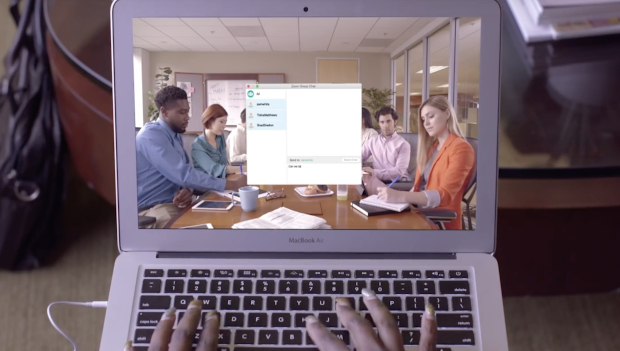
Zoom teleconferencing app flaw leaves webcams open to hijacking
If you’ve ever downloaded the Zoom app to participate in a video conference, your Mac may be at risk – even if you’ve already deleted it. In a Medium post, security researcher Jonathan Leitschuh discovered a serious flaw that could allow a website to access your Mac’s camera without your knowledge or permission.
As Leitschuh explains, the vulnerability stems from Zoom’s quest for simplicity. As the service works, you can just send anyone a Zoom meeting link which will in turn automatically open the Zoom client installed on their machine. In case you’ve deleted the app, Zoom keeps a localhost Web server running silently on your Mac, Leitschuh said, so the Zoom client will reinstall when a link is clicked without requiring any user interaction on your behalf besides visiting a webpage.
That raises a whole lot of red flags. But even beyond the practice of surreptitiously running a localhost Web server on hundreds of thousands of Macs around the world, Leitschuh unearthed a vulnerability that “allows any website to forcibly join a user to a Zoom call, with their video camera activated, without the user’s permission… and would have allowed any webpage to Denial of Service (DOS) a Mac by repeatedly joining a user to an invalid call.”
Leitschuh says Zoom dragged its feet on disclosing the vulnerability after being contacted in March, having only implemented a “quick fix” in late June. However, after he published the Medium post Monday, the company responded with a workaround rather than a true fix: “In light of this concern, we decided to give our users even more control of their video settings. As part of our upcoming July 2019 release, Zoom will apply and save the user’s video preference from their first Zoom meeting to all future Zoom meetings. Users and system administrators can still configure their client video settings to turn OFF video when joining a meeting. This change will apply to all client platforms.”
Zoom explains that changes implemented by Apple in Safari 12 that “requires a user to confirm that they want to start the Zoom client prior to joining every meeting.” In order to save users an extra click, Zoom installed the localhost Web server as “a legitimate solution to a poor user experience problem”.
Zoom also claims that it has no evidence of a Mac being subjected to a DOS attack, which it describes as a “empirically a low risk vulnerability”. It also announced it will be implementing a public vulnerability disclosure programme within the next several weeks.
However, Zoom is putting the onus on users to protect their Mac’s camera against hijacking. The latest update to the app doesn’t fix the flaw or remove the localhost server, but it does save the user’s desired camera settings. So to remove the risk of a website accessing your camera, you need to go into the Zoom app settings and select the “Turn off my video when joining a meeting” option. That’s hardly reassuring, and Zoom hasn’t given any indication that it will be properly fixing the problem in a future update or even keeping the camera off by default.
IDG News Service







Subscribers 0
Fans 0
Followers 0
Followers